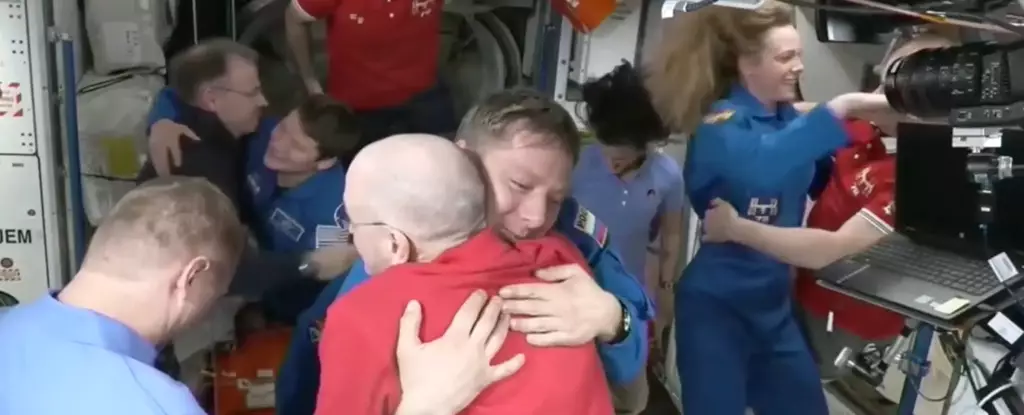In a remarkable feat of modern space travel, SpaceX’s Dragon spacecraft made a successful docking at the International Space Station (ISS) on Sunday, marking a significant milestone for both NASA and the broader realm of space exploration. The Crew-10 mission, which launched from Florida’s Kennedy Space Center, has not only ushered in a new era of crewed spaceflights but also paved the way for the homecoming of stranded astronauts Butch Wilmore and Suni Williams, who have persevered in orbit for over nine months, far exceeding their expected eight-day mission timeline.
Unexpected Challenges and Human Resilience
Wilmore and Williams originally embarked on their mission with a set timeline and objectives, but unforeseen technical difficulties with Boeing’s Starliner spacecraft changed everything. Helium leaks and thruster malfunctions rendered the spacecraft unfit for a crewed return trip, thereby necessitating their extended stay aboard the ISS. This situation showcased not only the unpredictable nature of space travel but also the resilience of astronauts who continue to adapt and thrive under evolving circumstances. Both Wilmore and Williams contributed significantly to ongoing research and maintenance tasks during their additional months in orbit, demonstrating how the spirit of inquiry and adaptability takes center stage even when things don’t go according to plan.
The Joyful Reunion and Its Implications for Future Missions
Upon the arrival of the Crew-10 astronauts—Anne McClain, Nichole Ayers, Takuya Onishi, and Kirill Peskov—the atmosphere onboard the ISS was electrified by scenes of joy and camaraderie as they greeted Wilmore and Williams. The emotional gravity of their reunion is reflective not just of their personal journeys, but also of humanity’s ever-growing ambition to explore beyond our terrestrial boundaries. With Crew-10 set to remain on the ISS for about six months, the stage is perfectly set for continued scientific research and preparation for more advanced human space exploration.
The Future of Space Exploration: A Shared Journey
Space programs across the world, particularly those initiated by private companies like SpaceX, are shaping a new era where space travel could become routine. This particular mission emphasizes the vital role of international collaboration and the blending of public and private initiatives in advancing our capabilities. As astronauts from different nations work side by side on the ISS, we witness a powerful narrative of unity, showing that space exploration transcends borders and ideologies.
Looking Ahead: What Lies Beyond the ISS?
For both seasoned astronauts and aspiring space travelers, the return of Wilmore and Williams symbolizes not just an end but a beginning. Their extraordinary experience enriches our understanding of long-term human habitation in space—a vital element for future missions to the Moon, Mars, and beyond. As Crew-10 embarks on its own journey of scientific discovery, they carry the spirit of exploration and the lessons learned from the challenges faced by their predecessors. The world watches in anticipation, eager to see what achievements await in this exhilarating new age of space exploration.

